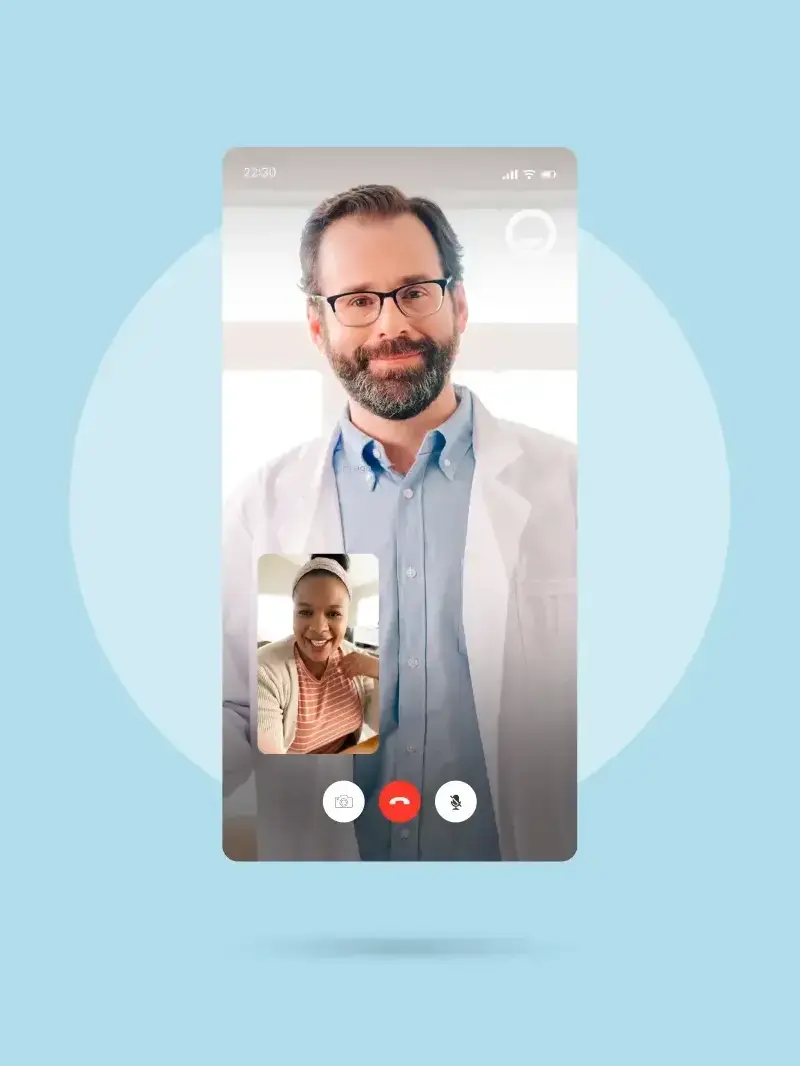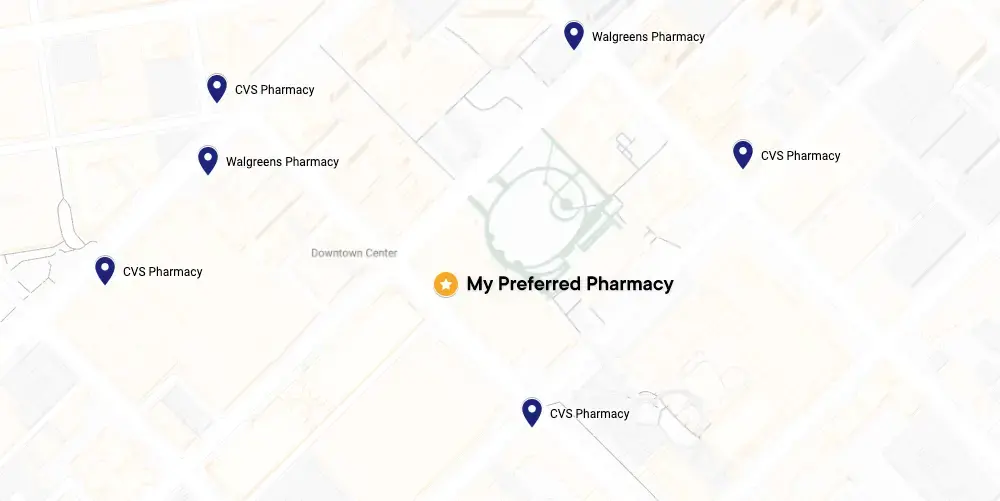The actual causes of fibroids are not known. Current research suggests that each fibroid growth begins as an abnormal muscle cell and can increase in size in response to estrogen hormone levels and activity.
The following factors are associated with uterine fibroids:
-
Hormonal: Fibroid tumors are affected by both estrogen and progesterone. It has been observed that uterine fibroids tend to experience more rapid growth during pregnancy when hormone levels are high. Fibroids shrink in response to hormonal medications or when hormone levels decrease, such as after menopause.
-
Age: Uterine fibroids can occur at any age after menarche (the first period), but tend to occur most often between 30 - 40 years of age. In older women, most fibroids tend to stop growing or even shrink once a woman reaches menopause.
-
Genetics: Fibroids tend to run in families, which suggests there is a genetic cause or predisposition for developing fibroids.






